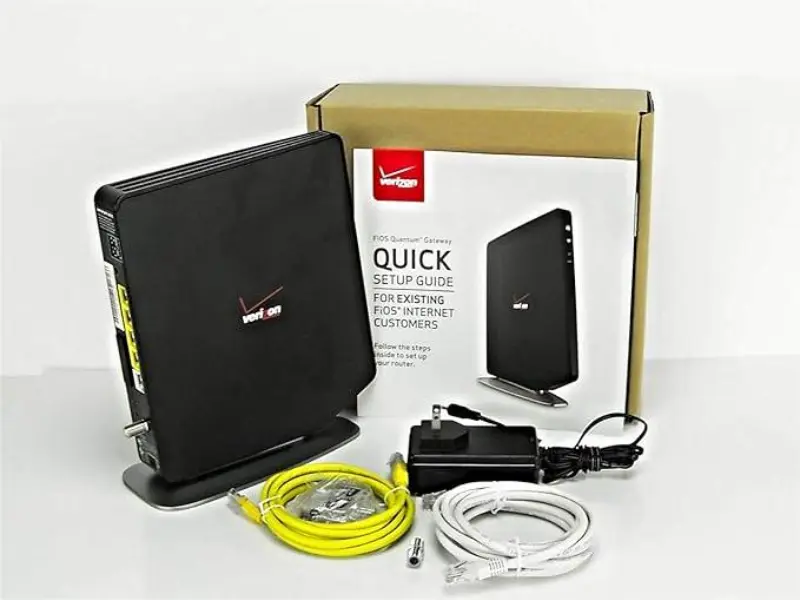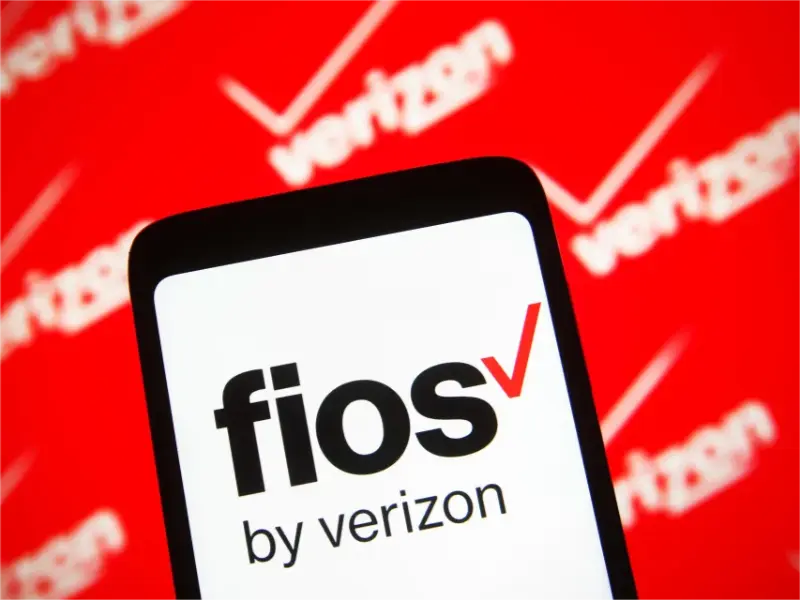- Headquartered in New York City and with a presence around the world, Verizon offers voice, data and video services and solutions on its award-winning networks and platforms, delivering on customers’ demand for mobility, reliable network connectivity and security.
- Verizon’s Fios offers high-speed internet, TV, and phone services to residential and business customers. It utilises fibre-optic technology for faster and more reliable connections. Availability varies by location, primarily in the Northeast, Mid-Atlantic, and parts of the South.
- Like other telecom companies, Verizon’s Fios service has indeed faced various legal challenges and criticisms over time, such as net neutrality, Antitrust, carriage disputes and false advertisements.
Verizon Communications was formed in 2000 and is the world’s second-largest telecommunications company by revenue. Verizon Fios is a bundled Internet access, telephone, and television service provided by Verizon Communications that operates over a fibre optical network within the United States.
Verizon: the world’s leading telecoms
Verizon Communications Inc., commonly known as Verizon, is an American multinational telecommunications conglomerate. The name Verizon derives from the combination of the words veritas, Latin for truth, and horizon.
Headquartered in New York City and with a presence around the world, Verizon generated revenues of $134.0 billion in 2023. The company offers voice, data and video services and solutions on its award-winning networks and platforms, delivering on customers’ demand for mobility, reliable network connectivity and security.
Verizon’s mobile network is the second-largest wireless carrier in the United States, with 144.8 million subscribers as of December 31, 2023. It also sells accessories and gear for mobiles and PCs.
In 2015, Verizon expanded into content ownership by acquiring AOL, and two years later, it acquired Yahoo! Inc. These two companies were amalgamated into a new division named Oath Inc., which was rebranded as Verizon Media in January 2019, and was spun off and rebranded to Yahoo after its sale to Apollo Global Management.
The company was formed in 1984 as Bell Atlantic as a result of the breakup of the Bell System into seven companies, each a Regional Bell Operating Company (RBOC), commonly referred to as “Baby Bells.” As of 2016, Verizon is one of three remaining companies with roots in the former Baby Bells. The other two, like Verizon, exist as a result of mergers among fellow former Baby Bell members.
Also read: Verizon Partners With Metropolitan Museum Of Art To Launch AR App Replica For Roblox
Fios: comprehensive handling of home networking demands
Verizon Fios is a bundled Internet access, telephone, and television service provided by Verizon Communications that operates over a fibre optical network within the United States.
The early stages of Fios began a video service test “Stargazer” in 1995. This was the first commercial video-on-demand (VOD) service, which was tested for 1,000 homes in northern Virginia.
In September 2005, Verizon Communications began offering a fibre optic digital television service, which became available for 9,000 customers in Keller, Texas. Called Fios TV, the service aimed to replace copper wires with optical fibres. By 2006 Fios was offered in areas of seven US states.
Verizon announced in March 2010 that it was winding down its Fios expansion, concentrating on completing its network in areas that already had Fios franchises but were not deploying to new areas.

Internet access
Fios Internet was the first service offered under Verizon’s Fios brand. The broadband Internet service initially launched in Keller, Texas, in 2004, a year before Fios TV was available.
Verizon’s Fios network service is a fibre-optic network that provides internet, TV, and phone services to residential and business customers. It offers high-speed internet with speeds ranging from 200 Mbps to 1 Gbps, depending on the plan. The Fios network provides high reliability, plus ultra-fast speeds, massive capacity and virtually no buffering.
Television
Fios TV is one of three services offered by Verizon Fios. Verizon offers Fios packages with high-definition and standard-definition TV, as well as video on demand.
Fios TV uses QAM technology to deliver signals to a customer’s property using its fibre optic cables. At the home, the optical network terminal turns the signal into a radio frequency signal that can be used on a home’s existing coaxial cables, feeding the signal to a set-top box (STB).
Telephone
In addition to its TV and Internet services, the company also has a voice-over IP service via its fibre-optic network, Fios Digital Voice, providing phone services with features like voicemail and caller ID.
The service initially launched in Virginia and Maryland in September 2008 and eventually fully replaced an earlier service, VoiceWing, which Verizon offered from 2004 to early 2009.
While Verizon also offers plain old telephone service (POTS), it has been reported in various markets that Verizon physically disconnected the copper lines for copper-line phone service at the time that Fios was installed.
Also read: What is network optimisation in telecoms?
Legal problems over the years
Verizon’s Fios service has indeed faced various legal challenges and criticisms over time, such as net neutrality, Antitrust, carriage disputes and false advertisements.
In 2017, the Federal Communications Commission (FCC) under the Trump administration repealed the net neutrality rules established during the Obama era. This decision affected all internet service providers, including Verizon Fios, leading to debates and legal battles over net neutrality principles and the concept of an open internet.
On March 10, 2015, at midnight EDT, The Weather Channel and its sister network, Weatherscan, were pulled from Verizon Fios after the two parties were unable to come to terms on a new carriage agreement.
On May 19, 2015, Cablevision sued Verizon in the Southern District of New York to challenge Verizon’s claim that it is 100% fibre-based. Cablevision started an advertising campaign to take the case mainstream. The two companies agreed to end the dispute in September 2015.
In April 2015, ESPN Inc. sued Verizon for breaching its carriage contract by offering ESPN and ESPN2 as part of a separate sports package under its new “Custom TV” service.
In 2012, the U.S. Department of Justice sued Verizon Wireless and other major wireless carriers over alleged anti-competitive practices related to spectrum acquisitions and agreements with other carriers.
It’s worth noting that these criticisms and lawsuits are not unique to Fios but are common challenges faced by many companies in the telecommunications industry. Companies like Verizon typically work to address customer concerns and resolve legal issues through various means, such as improving customer service, adjusting pricing and contract terms, and complying with regulatory requirements regarding data privacy and competition.

